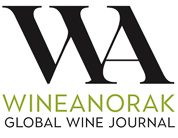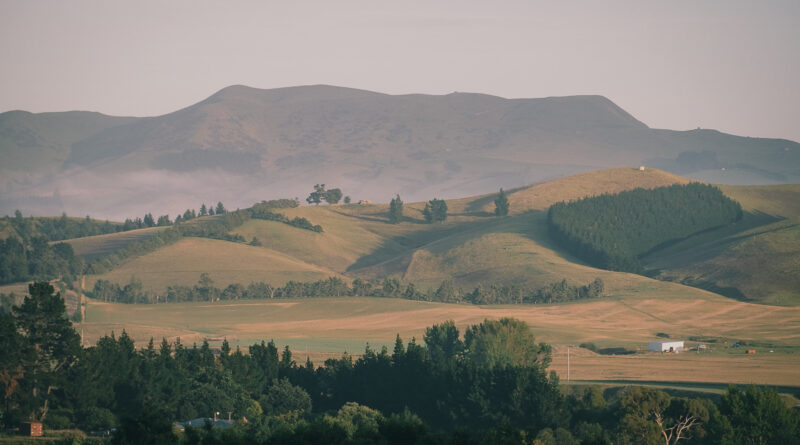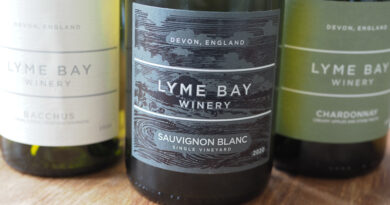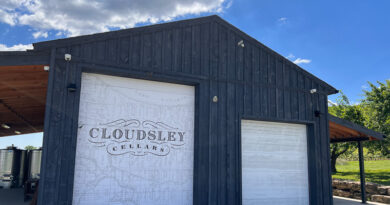New Zealand’s North Canterbury region is making some of the country’s most interesting wines (1) introduction
https://www.northcanterburywines.co.nz
North Canterbury is the region that includes the Waipara Valley, a few isolated vineyards on the Banks Peninsula, and also the vineyards that are part of its more recent westward expansion to Waikari. It’s just a short drive north from Christchurch. This is now one of New Zealand’s most exciting regions for Pinot Noir, Chardonnay and Riesling, but as with all the South Island regions, its history is relatively recent.
On this trip, I made the journey to the Banks Peninsula, which played an important role in the story of New Zealand Pinot Noir. If you look at it on a map, it’s very obviously the remains of an old volcano. Most famous today for the town of Akaroa, it has few vineyards. But this is where the French landed in 1840, and they planted vines here.
In 1895 Romeo Bragato was invited by the prime minister of New Zealand to visit and assess the country’s potential for viticulture. He toured round, wrote up his recommendations, and later was hired as government viticulturist at Te Kauwhata. In 1906 he published a book on viticulture in New Zealand, but his recommendations weren’t well received, and so he left the country for pastures new in 1909. But he strongly believed in the potential of North Canterbury for viticulture, especially around Akaroa.
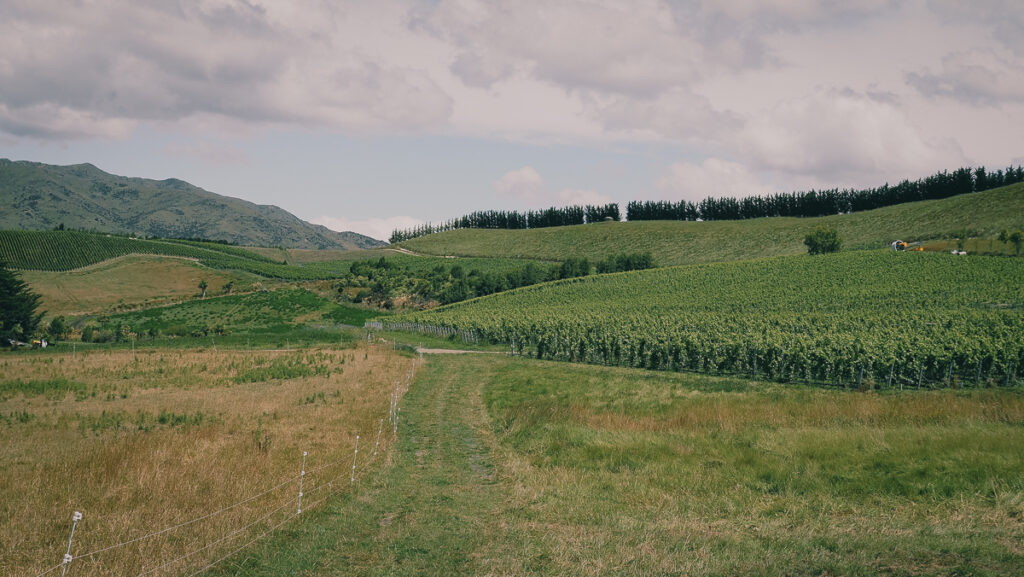
Why did the initial plantings of the French fail? There are some speculations in the literature. Some think that it may have been the impact of the arrival of powdery mildew, coupled with intense bird pressure, the two together taking their toll on yields. But it might also have been partly due to the lack of entrepreneurial spirit on the part of the French settlers: they were happy making wines to drink, and didn’t bother themselves with selling elsewhere.
The roots of the modern era of North Canterbury date back to the 1970s, and to Lincoln College (now Lincoln University), a short distance southwest of Christchurch. And there are two people who figured in the early days of the development of this wine region, who went on to write a book together.
The first is Dr David Jackson, who was appointed as lecturer in fruit production at Lincoln University in 1968. The other is Danny Schuster.
Schuster came to New Zealand in 1973. Originally from Prague, with a German father and Austrian mother, Schuster had trained in viticulture and enology in Czechoslovakia. He’d visited New Zealand after working a couple of vintages at Seppelts in Australia. Schuster met Dr Paul Mulcock of Lincoln College and Bill Turner, president of the Canterbury fruit growers’ association. They were looking for someone to work on a project on cider fermentations, and they hired Schuster.

While at Lincoln, Schuster was to meet Jackson, and together they began working to assess the suitability of Canterbury for wine production. Remember, at this time the South Island wasn’t making wine. Central Otago had no vines, the first vines had only just been planted in Marlborough, and there were some initial plantings in Nelson. In 1973 Lincoln hosted a seminar on fruit winemaking for the amateur, which was well attended. Both Jackson and Schuster spoke at this event.
Following this, and after a bit of a struggle, Jackson got a $750 grant to investigate the idea of grape growing in Canterbury, and trial plantings commenced at Lincoln in 1973.
But the first fruiting season of these trials, 1975/6, proved to be a difficult one, with just 630 growing degree days (GDDs) as opposed to the 10 year rolling average for the region of 973. But they continued, and a 1978 report details 40 wine grape varieties and 20 table grape varieties, with microvinifications carried out by Jackson’s technician, Graeme Steans. A tasting panel was convened with 15 members, of which at least 10 met at any one time, to assess the quality of these trial wines. The tasting panel included some names who were later to become illustrious figures in New Zealand wine, and this ran panel from 1978-1984.
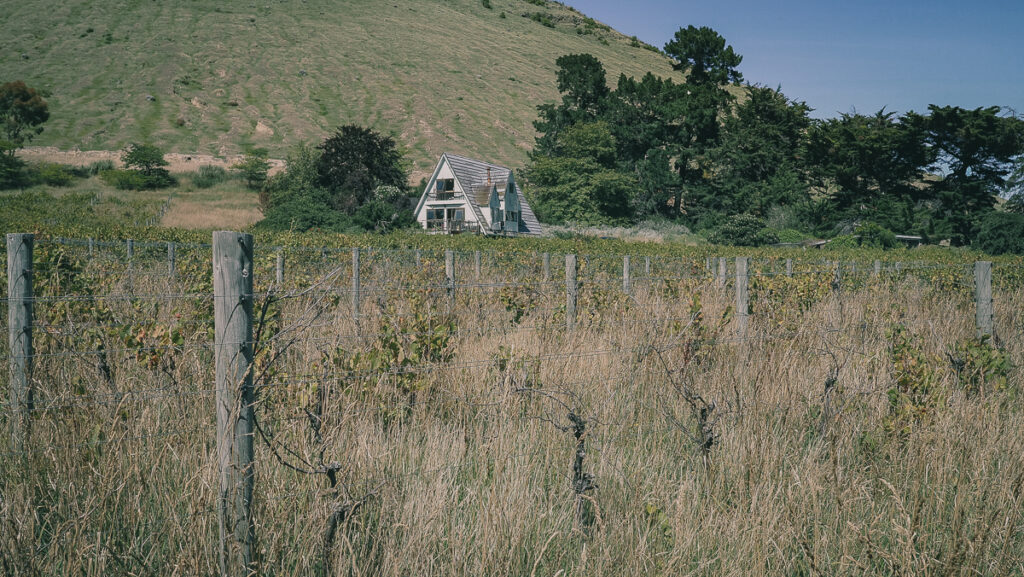
The initial success of these trials led Steans to buy land in Kaituna Valley in the Banks Peninsula, where he planted an acre of vines in 1977. Pinot Noir was a major variety in Steans’ vineyard, and these 1977 plantings are now likely to be New Zealand’s oldest Pinot Noir vines. I visited Kaituna Valley with Theo Coles, who is sourcing some grapes from the Banks Peninsula. It’s the caldera of an old volcano, and it’s quite a warm site, with sandy soils and a bit of clay over the top of basalt.

Bill Turner, who’d been involved in hiring Schuster a few years earlier, was another North Canterbury pioneer, and his story is an interesting one. He had an orchard called Lochbuie in Belfast, on the outskirts of Christchurch, from which he made cider. He decided to plant 5 acres of grape vines with cuttings taken from the Lincoln experimental plantings.
Turner got to know a young Irish entrepreneur called Ernie Hunter, who had established Canterbury’s first wine bar, and they went into partnership together. In 1979 Ernie bought a 26 hectare block in Rapaura, Marlborough, at $3000 per hectare, which included a small homestead. Hunter had no cash at the time, so the arrangement was that he paid rent on the property and then paid for it in instalments, which were due in 1982 and 1985. The plan was to make the wine down in Christchurch at Lochbuie.
In 1981, just before the first harvest, Hunter held a party at his Rapaura homestead, and one of the guests was a young German winemaker called Almuth Lorenz. He hired her, and in 1982 she made the first Hunter wine in a very primitive winery improvised out of beer tanks at Lochbuie. This was a blend of Hunter’s grapes with Turner’s Canterbury grapes, and the resulting 1982 Müller Thurgau dry won three bronze and three silver medals at the National Wine Show.
Brothers Robin and Norman Mundy, at Coutts Island, also planted vines. They’d previously grown potatoes, but a nematode infestation knocked out their production. They went to Lincoln to see what else they could grow—blackcurrants were the hot favourite—but they decided to try wine grapes. With advice from Schuster, they planted 10 acres in 1978, and by 1981 when they made their first wine under the brand name of St Helena they had 31 hectares in the ground. With Schuster as winemaker the second vintage of the St Helena Pinot Noir, the 1982, won gold medal at the Air New Zealand Wine Competition, which helped put the region on the map.
This was only the second Pinot Noir from New Zealand to have won a gold medal at a competition, and it could be argued that this was the first interesting Pinot Noir to win gold. Geoff Kelly, a wine critic who was one of the local tasting panel members, points out that the other wine, a Babich Pinot Noir 1981 mainly from Bachtobel clone, was much less interesting. Kelly suggests that that the first Pinot Noir of international standard made in New Zealand was the St Helena wine. Interestingly, this wine also contained a ton of grapes from Graeme Steans’ Kaituna Hills vineyard, which was much better suited to Pinot Noir production that Coutts Island. Schuster helped harvest this ton of grapes from Steans into Mundy’s blackcurrant bins. These were kept for five days in cold storage until Mundy’s Coutts Island grapes were harvested.
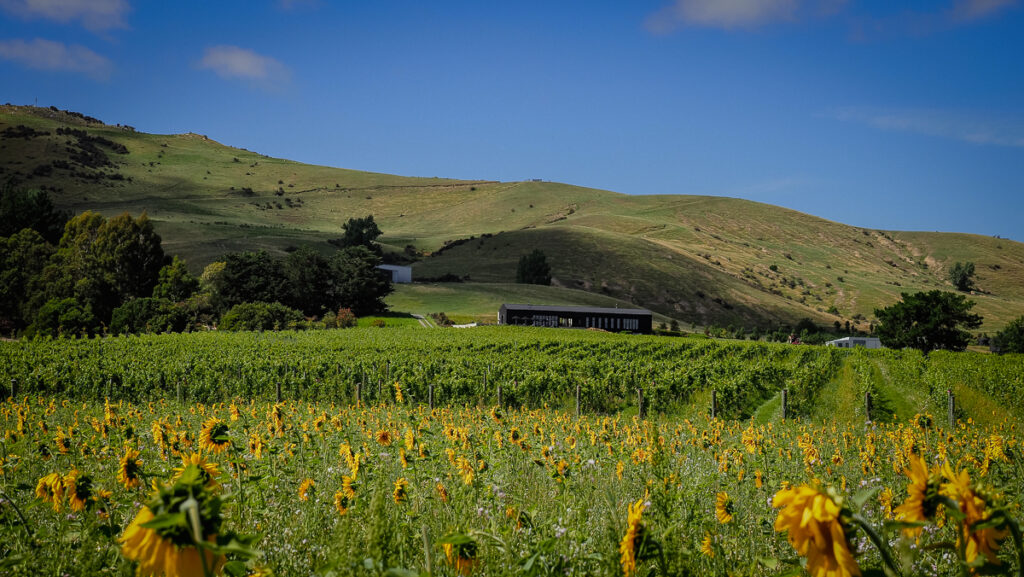
It’s here we need to mention what was known as the ‘Doctors’ Patch’, a one-acre vineyard on the south side of Christchurch on the foot of the Port Hills. This introduces an important figure into our story: Dr Ivan Donaldson. He was one of a group of three doctors, two dentists, two engineers and a lawyer who wanted to plant some vines for some home winemaking. The vines were planted in 1976 and the project continued for 22 years. Donaldson made the wine in his garage for about 15 years.
In 1984 he started looking at buying a piece of land in the Waipara Valley, where it was warmer because of a coastal hill range providing protection from the easterly winds. So Ivan and his wife Christine looked at every property coming on the market. They were looking for free draining soil. They didn’t find anything suitable so they ended up approaching the farmer who owned the site Pegasus Bay is currently located on. They bought the property here in 1985. They’d already planted a nursery at Danny Schuster’s place in 1985, and from this they then planted 50 acres of vines on their own roots in 1986. A little bit of wine was made in 1990, but the first Pegasus Bay release was the 1991, made in their Christchurch garage. Matt Donaldson, Ivan’s son, processed 18 tons at the winery in 1992 after he returned from wine school.

But the first plantings in the Waipara Valley itself were made by John McCaskey, who had a 400 hectare farm with poor stony soils on the Weka plains. He first experimented with grapes in the mid-1960s, but these hybrid vines he planted were washed away by a flash flood. He tried again in 1981, with 4 hectares planted with vines that he’d obtained from Tim Finn in Nelson. 1985 was the first experimental vintage, made by American Stever Harber. McCaskey subsequently subdivided his land for other vineyard projects, and now there are 19 different vineyards planted on his original farm.
In 1982 there were four more vineyard projects: Bruce and Jull Moore, Derek Quigley, the Glenray partnership and John Corbett. Corbett was to establish Waipara Riesling on the New Zealand wine map, winning gold medals with his 1986, 1988 and 1989 vintages. And in 1986 Danny Schuster started his own operation in the valley, planting his Omihi Hills vineyard.
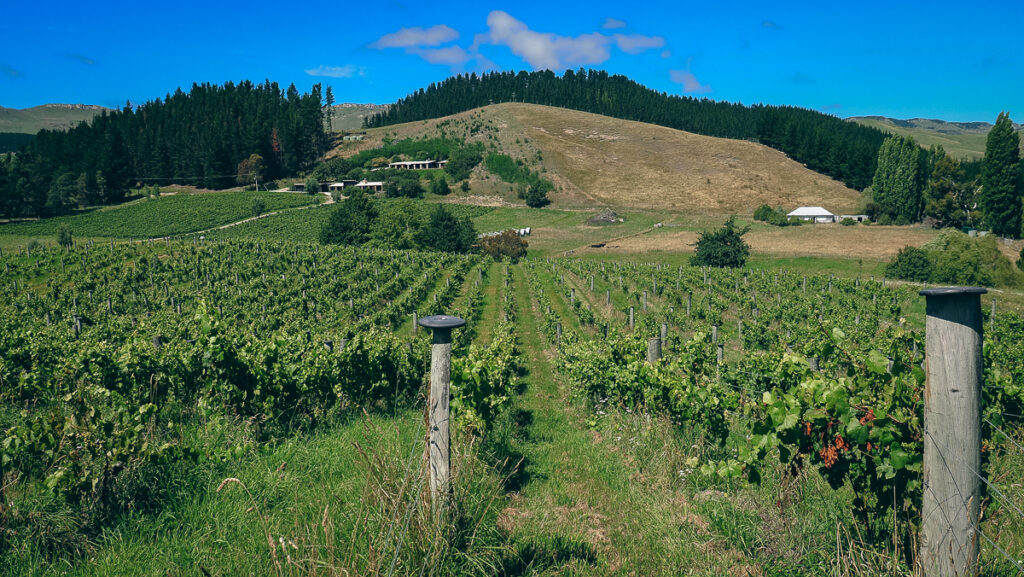
In recent years, the quest for special terroirs has led to the westwards expansion of North Canterbury region through the Weka pass, into the foothills of the southern alps at Waikari and Pyramid Valley. In 1997 Bell Hill established a close-planted vineyards on an old limestone quarry, and Pyramid Valley was planted in 2000 on clay and limestone soils. These new ventures have been significant, because they have resulted in some stunning wines.
This is a very exciting region right now, with a sense of dynamism and a set of dedicated, boutique producers. I really enjoyed going back to visit after quite a break.
NORTH CANTERBURY WINE REGION
- Dancing Water
- Black Estate
- Bryter Later
- Barbour
- Georges Road
- Greystone
- Pegasus Bay
- Pyramid Valley
- Domaine Williams Raillard et B
- Theo Coles and Hermit Ram
